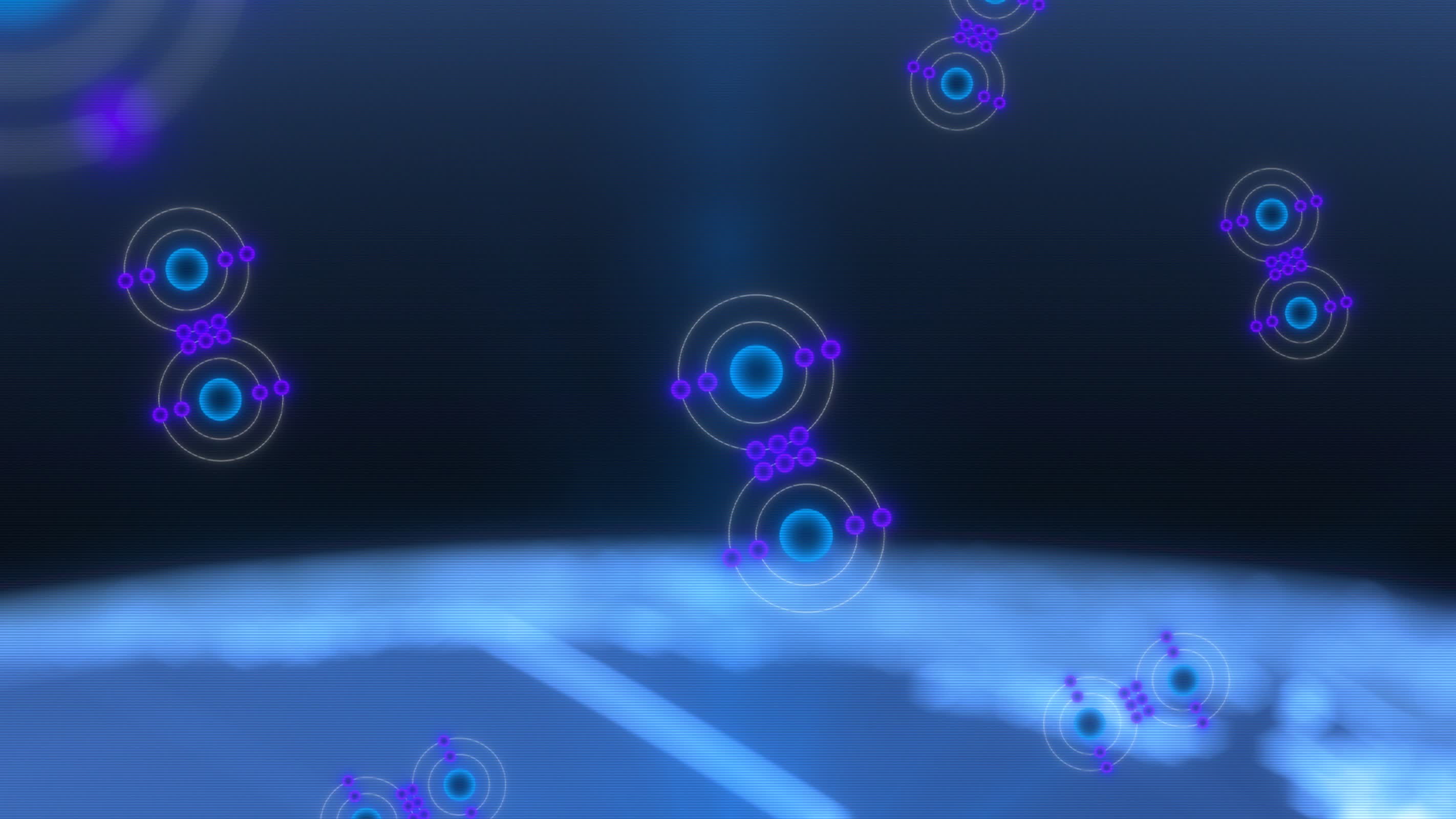Serving tech enthusiasts for over 25 years.
TechSpot means tech analysis and advice you can trust.
Eureka! As scientists continue to unravel the mysteries of our planet's atmosphere, a new finding provides valuable insights into Earth's ionosphere. Scientists have measured an electric field that has remained elusive for the last six decades. The discovery provides us with a new tool for assessing other planets.
An international team of researchers has successfully measured Earth's ambipolar electric field in a groundbreaking scientific achievement. This discovery, made by NASA's Endurance mission, has far-reaching implications for our understanding of Earth's atmosphere and the potential habitability of other planets.
Scientists have long hypothesized that the ambipolar electric field is crucial in atmospheric escape above Earth's poles. Recent measurements have finally confirmed and quantified the theory. This invisible force, as fundamental to our planet as gravity and magnetism, significantly impacts the shape and behavior of our ionosphere.
For years, scientists have observed a mysterious phenomenon known as the "polar wind," a stream of particles flowing from Earth's atmosphere into space. While some atmospheric escape was expected due to intense solar radiation, the polar wind presented a puzzling scenario – cold air particles traveling at supersonic speeds without any apparent heat source.

"Something had to be drawing these particles out of the atmosphere," explained Dr. Glyn Collinson, principal investigator of the Endurance mission at NASA's Goddard Space Flight Center.
This observation led to the hypothesis of an incredibly weak electric field, detectable only over vast distances. The challenge of measuring this elusive phenomenon pushed the boundaries of existing technology. In 2016, Collinson and his team embarked on a mission to develop a new instrument capable of detecting Earth's ambipolar field.
The Endurance mission, named after Ernest Shackleton's famous Antarctic expedition, set its sights on Svalbard, a Norwegian archipelago near the North Pole. This remote location houses the world's northernmost rocket range, providing the ideal launch site for the team's specialized instruments.
On May 11, 2022, Endurance soared to an altitude of 477.23 miles, collecting crucial data during its 19-minute flight. The results were astounding. The rocket measured an electric potential change of merely 0.55 volts across a 322-mile altitude range.
"A half a volt is almost nothing – it's only about as strong as a watch battery," Collinson remarked. "But that's just the right amount to explain the polar wind."
This seemingly insignificant voltage has profound implications. For hydrogen ions, the most abundant particles in the polar wind, the outward force from this field is 10.6 times stronger than gravity. The force explains how cold particles can achieve supersonic speeds when escaping into space. The ambipolar field's influence extends beyond individual particles. It also increases the "scale height" of the ionosphere by 271 percent, effectively expanding this atmospheric layer to greater heights than previously thought possible.
"It's like this conveyor belt, lifting the atmosphere up into space," Collinson added.
The discovery opens new avenues for exploration, not just on Earth but across the solar system. Scientists expect to find similar electric fields on other planets with atmospheres, including Venus and Mars.